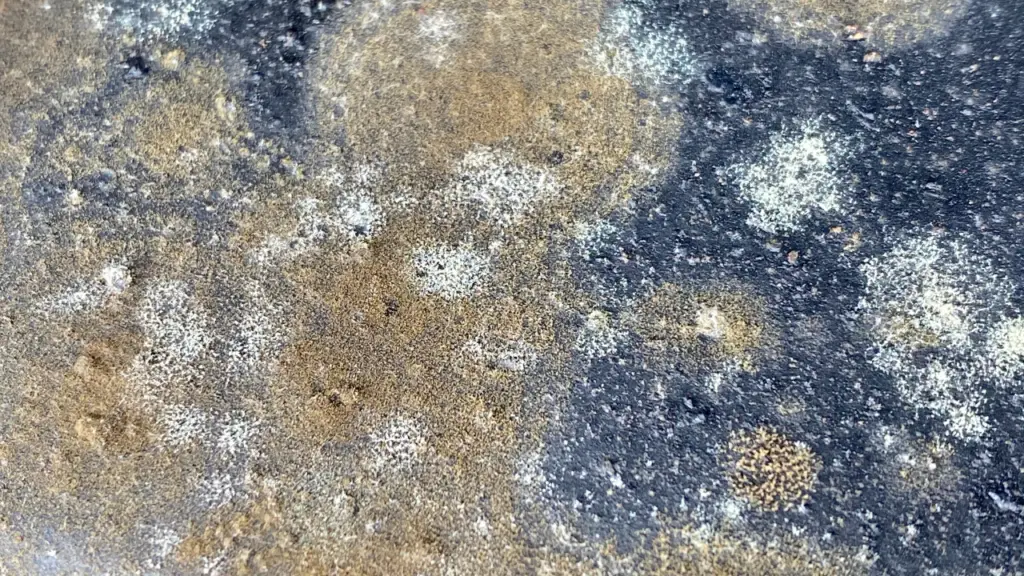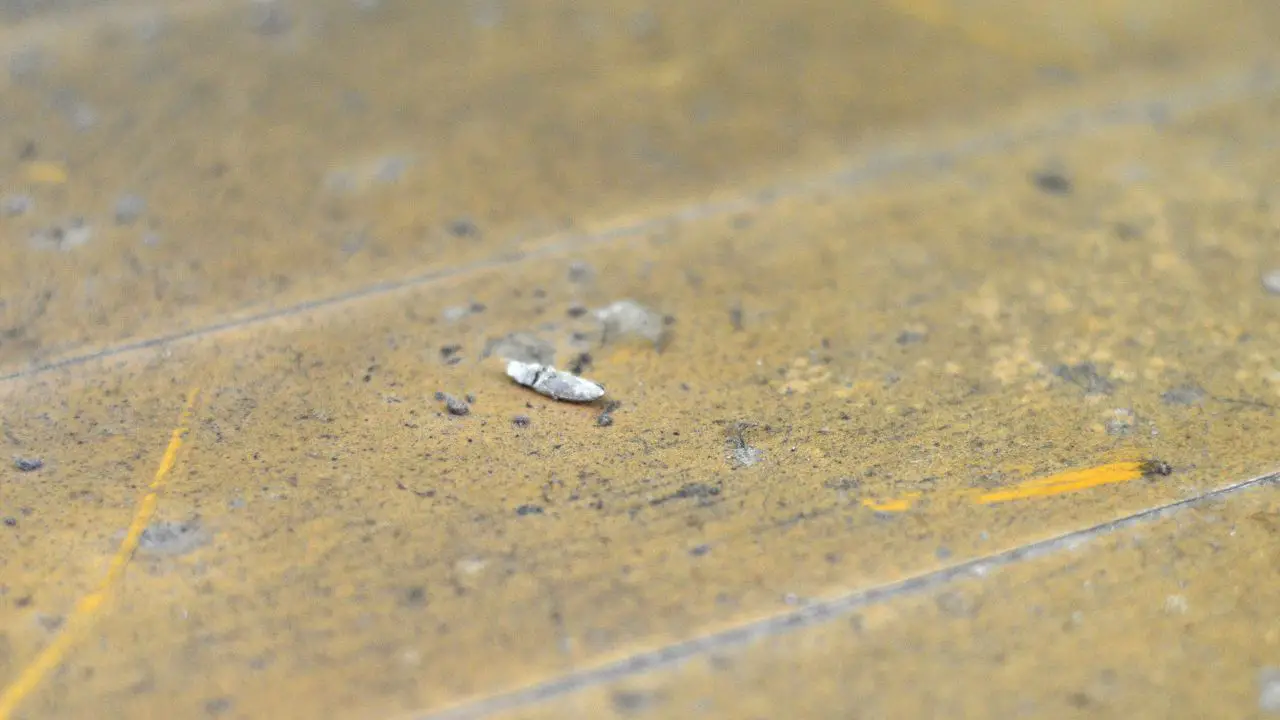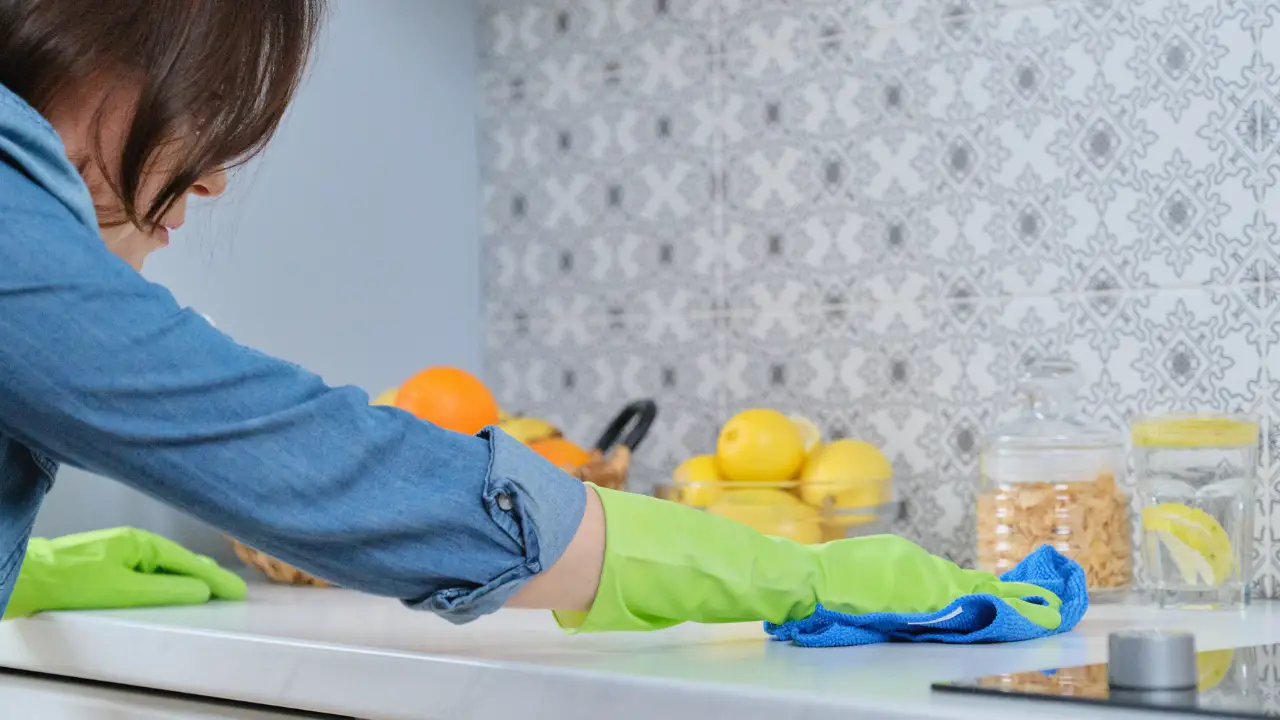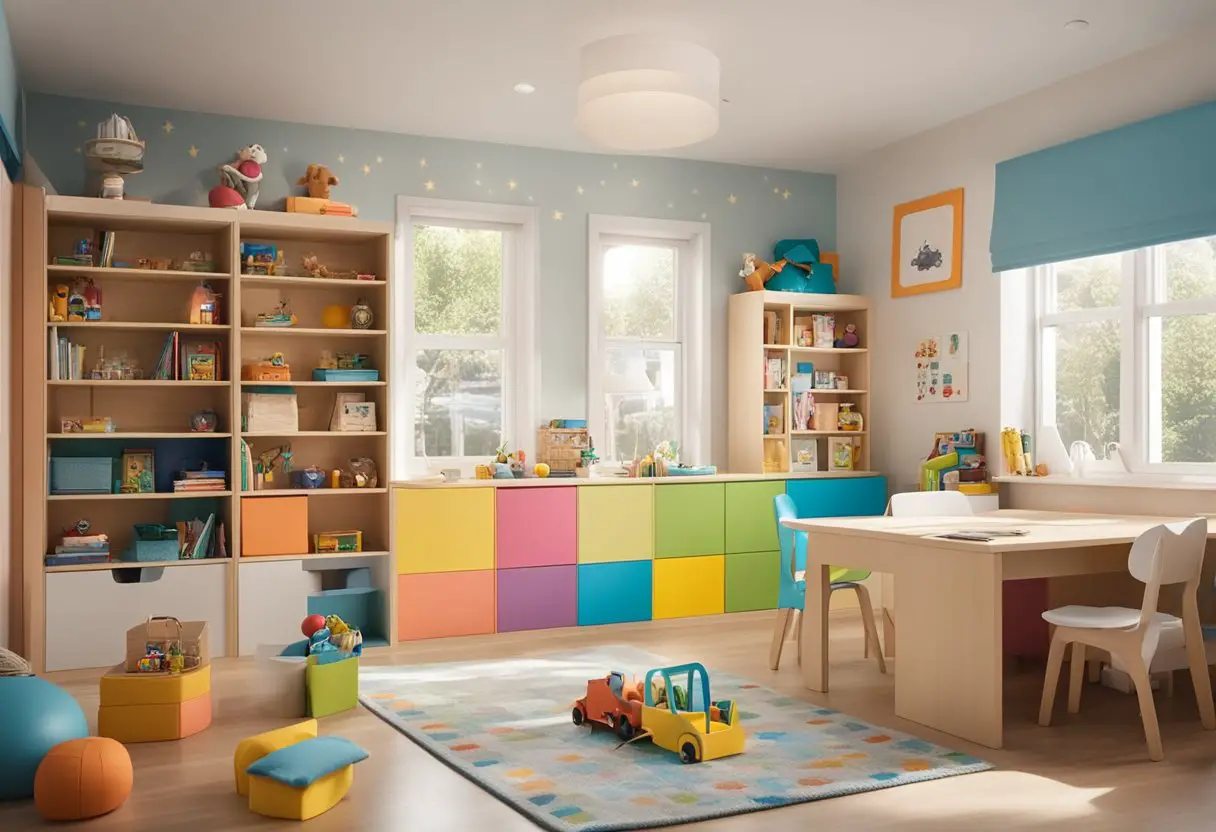Discovering mold on your floor can be a cause for concern. Not only does it create an unsightly appearance, but it can also pose health risks if left unaddressed. In this comprehensive guide, we will provide you with step-by-step instructions on how to effectively remove mold from different types of flooring, ensuring a clean and healthy living environment.
Table of Contents
Understanding Mold on Floors
Mold is a type of fungus that thrives in moist and humid environments. When it finds its way onto your floors, it can quickly spread and become a persistent issue if not addressed promptly. Mold growth on floors is often a result of water damage, high humidity levels, or inadequate ventilation.
Identifying the Type of Flooring
Before tackling mold removal, it is essential to identify the type of flooring you have. Different flooring materials require specific cleaning methods to avoid causing further damage. Common types include hardwood, carpet, tile, and vinyl floors.
Gathering the Necessary Supplies
To safely and effectively remove mold from your floor, gather the following supplies:
- Protective gloves
- Safety goggles
- Face mask
- Plastic sheets or tarps
- Disposable garbage bags
- Stiff-bristle brush
- Scrub brush
- Non-ammonia detergent or specialized mold cleaner
- Hydrogen peroxide or vinegar
- Warm water
- Fan or dehumidifier
How to Remove Mold from floors
Before starting the mold removal process, take the following precautions:
- Seal off the affected area with plastic sheets or tarps to prevent mold spores from spreading.
- Open windows or use fans to improve ventilation.
- Wear protective gloves, safety goggles, and a face mask to minimize exposure to mold spores.
Method 1: Removing Mold from Hardwood Floors
Step 1
Mix a non-ammonia detergent or a specialized mold cleaner with warm water according to the manufacturer’s instructions.
Step 2
Dip a stiff-bristle brush into the cleaning solution and scrub the affected areas gently.
Step 3
Use a clean cloth dampened with warm water to wipe away the cleaning solution and mold residue.
Step 4
Dry the floor thoroughly using a fan or dehumidifier to prevent moisture accumulation.
Method 2: Removing Mold from Carpeted Floors

Step 1
Begin by vacuuming the affected area to remove loose mold spores and debris.
Step 2
Mix a solution of one part hydrogen peroxide or vinegar and two parts water.
Step 3
Test the solution on a small, inconspicuous area of the carpet to ensure it does not cause discoloration or damage.
Step 4
Using a scrub brush, gently apply the solution to the mold-infested areas of the carpet.
Step 5
Blot the treated areas with a clean cloth or sponge to absorb excess moisture.
Step 6
Allow the carpet to dry completely. Use a fan or open windows to expedite the drying process.
Method 3: Removing Mold from Tile or Vinyl Floors
Step 1
Prepare a solution of non-ammonia detergent or specialized mold cleaner and warm water.
Step 2
Apply the solution to the mold-affected areas using a scrub brush or sponge.
Step 3
Thoroughly scrub the floor to remove the mold and any stains.
Step 4
Rinse the area with clean water and wipe away any remaining cleaning solution.
Step 5
Dry the floor completely using a fan or by opening windows for ventilation.
Preventing Mold Growth
To prevent mold from returning, consider these preventive measures:
Conclusion
Removing mold from your floor is crucial for maintaining a healthy living environment. By following the appropriate methods based on your flooring type and taking preventive measures, you can effectively eliminate mold and minimize its reoccurrence. Remember to prioritize your safety by wearing protective gear and ensuring adequate ventilation during the mold removal process.
Now you can confidently restore the cleanliness and hygiene of your floors, promoting a mold-free and inviting space for yourself and your loved ones.
Frequently Asked Questions
Can I use bleach to remove mold from my floors?
Bleach is not recommended for mold removal on floors, as it can damage certain flooring materials. Opt for non-ammonia detergent or specialized mold cleaners instead.
Is it possible to remove mold from carpeted floors completely?
While it is possible to remove mold from carpeted floors, severe mold infestations may require professional assistance or, in some cases, replacement of the carpet.
What should I do if the mold growth on my floor is extensive or recurring?
Extensive or recurring mold growth may indicate underlying moisture or ventilation issues. It is advisable to consult a professional for a thorough assessment and remediation.
How can I prevent mold from returning after removal?
Prevent mold growth by maintaining proper ventilation, promptly addressing any water damage or leaks, and ensuring proper humidity levels in your living space.
Can mold on the floor cause health problems?
Yes, exposure to mold spores can lead to various health issues, such as allergies, respiratory problems, and skin irritation. It is essential to remove mold promptly and take preventive measures to safeguard your health.




